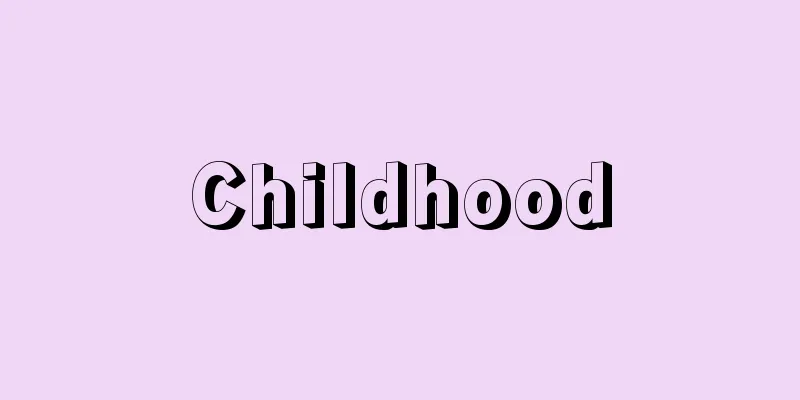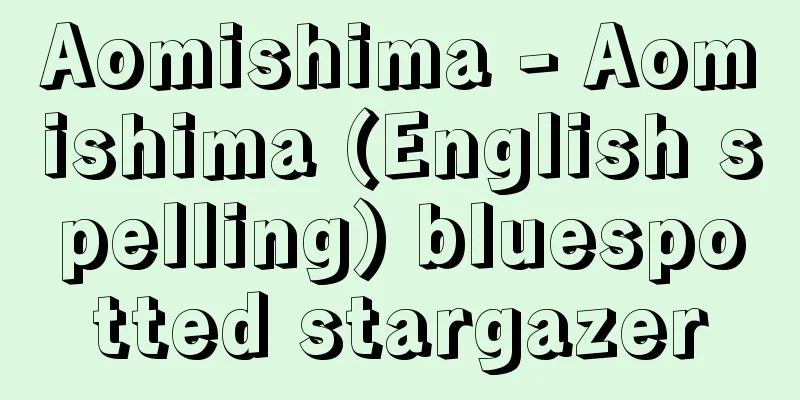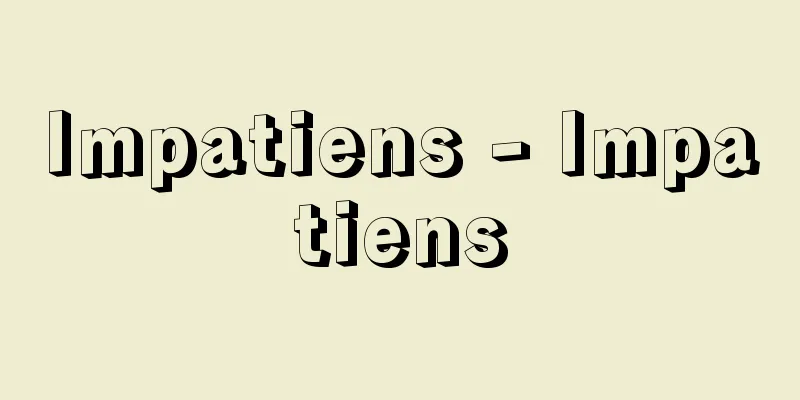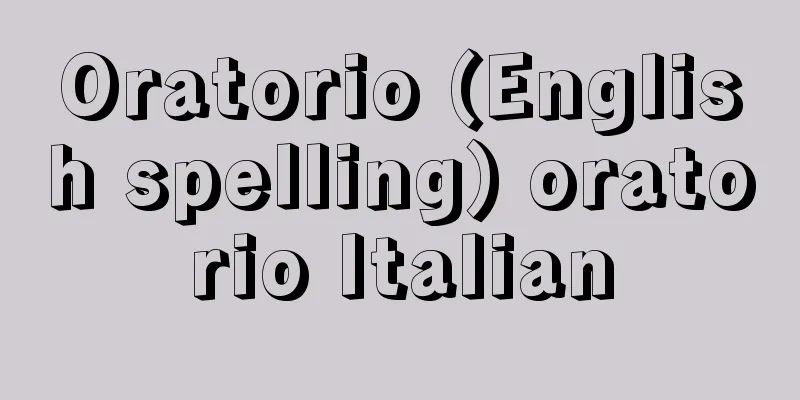Childhood

|
This period is from about 6-7 years old to 11-12 years old. It is also called the school age because it is the time when children are attending elementary school. When they enter elementary school, they experience full-fledged disciplined group life. In the middle grades of elementary school, their physique improves and they become able to play and exercise that require skillful movements. In addition, qualitative changes occur, such as the acquisition of secondary language and the development of metacognition. Their living space also expands. The upper grades are the transition period to adolescence, and for girls, the adolescent spurt of rapid physical growth begins. According to Piaget, J. (1970), the early childhood stage is the transition period from the preoperational stage to the concrete operational stage. The concrete operational stage is divided into the first stage (7-8 years old), when children can organize things into series, conserve (especially numbers), and classify things, and the second stage (9-10 years old), when concrete operations are widely applied to concrete objects in various domains and logical consistency is observed in their thinking. In Piaget's theory, the upper grades are the period when formal operations begin, and children gradually become able to manipulate numbers and propositions (words) without the support of concrete objects, and to develop logical thinking based on hypotheses by considering potential possibilities. In terms of social perspective-taking, the developmental process is shown to involve the acquisition of the perspectives of others, and the beginning of grasping the self, others, and relationships from a third-person perspective. [Development of literacy] When children enter school, they begin to systematically learn how to read and write. In the early grades, spoken and written language as secondary languages are newly acquired, and primary spoken language also deepens under the influence of these. Secondary language is acquired around the middle grades, leading to the conceptualization of various concrete phenomena through language. In the upper grades and beyond, as thinking develops, words for argument and verification are acquired, and writing makes it possible to organize knowledge and deepen thinking. "Reading" is a simultaneous and sequential processing process that spans both the visual and auditory systems, and is a complex information processing process that combines bottom-up processing of character information and phonological information with top-down processing of meaning extraction. In childhood, cognitive processing resources increase and characters and words become easier to process, allowing children to understand not only characters and words but also sentences and sentences. In addition, from around the middle of childhood, metacognition, including monitoring of text comprehension, also begins to develop. From this time onwards, children are also able to interpret the feelings and personalities of characters from their actions and descriptions of scenes, and their interest also expands to the unseen world, such as society and the universe. As this is a good time to develop a reading habit, many schools aim to promote reading by setting aside time for simultaneous reading activities. In recent years, the definition of reading literacy has expanded to include not only decoding and understanding texts, but also understanding, using and reflecting on written information for various purposes. This is related to the acquisition of language that "asserts" and "persuades" the results of thinking. What is required is the ability to deepen thoughts and understanding through reading and writing. Reading disability can be broadly divided into three categories: (1) Impairment of visual perception: Inability to correctly visually perceive the shape and arrangement of letters, or the structure of words. (2) Impairment of letter-sound association: Problems with the process of converting visual information, such as letters, into the corresponding syllables, i.e., auditory information. (3) Impairment of text comprehension: Text comprehension is a higher-level cognitive process that involves a variety of abilities, including syntactic ability, the ability to represent and conceptualize, the ability to reason and infer, and monitoring the reading process. If a person can read but cannot understand, it is thought that there is some problem with these higher-level cognitive abilities. In some cases, a working memory disorder may also be involved. [Development of mathematical concepts] From early childhood, counting develops based on everyday experiences. The development of counting is the basis for simple addition and subtraction, and from early childhood to elementary school, various strategies for addition and subtraction are developed, starting with calculations using fingers. Some time after entering school, children begin to calculate with more than two digits and acquire new procedural knowledge such as carry-over and carry-down. With regard to calculation procedures, the use of incorrect strategies (bugs) is often seen, especially after learning carry-down. It has been pointed out that the reason why correct procedures are difficult to acquire is that there is insufficient understanding of the principles that underlie the calculation algorithm (decimal system for carry-down). On the other hand, it has been shown that children acquire a considerable amount of knowledge about new concepts through everyday experiences, etc., even before learning them in arithmetic classes. In addition to addition and subtraction, such informal knowledge has been confirmed for advanced mathematical concepts such as multiplication, division, fractions, ratios, proportions, and quantity per unit (intense quantity). In mathematics education, students will also learn about continuous quantities such as length and volume of liquid, and about their measurement and units. It is hoped that through activities in which students directly compare various quantities found around them, and compare them using arbitrary or universal units, they will develop a concrete sense of quantity and deepen their understanding of units. [The 9-year-old wall] The phenomenon in which individual differences in academic ability widen around the middle grades, and the number of children who are unable to achieve the academic ability expected of that grade increases, has been called the "9-year-old wall" in the educational field. For example, a survey of academic ability in Japanese and mathematics conducted by the National Institute for Educational Research (now the National Institute for Educational Policy Research) in 1982 showed a significant increase in children with learning delays, especially from the third grade (9 years old) to the fourth grade (10 years old). The "9-year-old wall" was first raised as an educational problem for hearing-impaired children, but later came to be used more broadly to refer to a problem with children's academic ability in general. As another problem regarding academic ability, the results of national surveys and international comparative surveys have pointed out that, as a general characteristic of Japanese elementary school students, compared to the high level of procedural knowledge and skills, there is a tendency for conceptual understanding and related expression of thought processes to be insufficient. In addition, the gap in academic ability between schools and the widening difference in academic achievement due to family background such as income and educational investment are becoming problems. [Peer relationships] From around the middle of childhood, peer groups are formed, and the basis for one's own judgment and behavior shifts from adults to friends. Around this time, through social comparison within the group, children begin to understand themselves, including negative aspects, and evaluate themselves in terms of their relationships with their peers, and their self-concept changes to a more realistic and complex one. Peer relationships provide opportunities to observe and imitate the behavior and attitudes of their peers, and have a significant impact on children's emotional stability and the development of social skills. In particular, experiencing conflicts and struggles with peers deepens understanding of others and teaches the existence of certain rules, which is important in acquiring various interpersonal skills, including conflict resolution strategies. Group experiences contribute to the development of sociality and also serve as a foundation for living through the later period of identity formation. However, in recent years, traditional gang groups in the middle of childhood are disappearing, and there are concerns that changes in children's living space and play, such as small groups playing electronic games indoors, will have a new impact on their development. →Adolescence →Cognitive development →Developmental stages →Infant stage [Miki Sakamoto] Latest Sources Psychology Encyclopedia Latest Psychology Encyclopedia About Information |
|
およそ6~7歳から11~12歳までをいう。小学校在学時に当たるため,学童期ともよばれる。小学校入学を契機として,本格的な規律ある集団生活を経験する。小学校中学年になると,体格体力が向上し,巧みな動きを必要とする遊びや運動が可能になる。また,2次的ことばの獲得やメタ認知の発達などの質的転換が起こる。生活空間も拡大する。高学年は,青年期への移行期に当たり,女子では身体が急成長する思春期スパートが始まる。ピアジェPiaget,J.(1970)によれば,児童期前期は前操作期から具体的操作期への移行期に当たる。具体的操作期は,系列化,保存(とくに数の保存),クラス化ができる第1段階(7~8歳)と,具体的操作がさまざまな領域での具体物に広く適用され,思考に論理的な一貫性が認められる第2段階(9~10歳)に分けられる。高学年は,ピアジェの理論では形式的操作の始まりの時期に当たり,具体物の支えなしに数や命題(ことば)を操作することや,潜在的な可能性を考慮し仮定に基づいた論理的思考を展開することが,しだいに可能となる。社会的視点取得の面では,児童期において,他者視点の獲得,さらには第三者の視点から自他およびその関係性をとらえ始めるという発達プロセスが示されている。 【識字の発達】 就学を機に,読み書きの系統的な学習が始まる。低学年は,2次的ことばとしての話しことばと書きことばwritten language,writingが新たに獲得され,それらに影響されて1次的ことばとしての話しことばも深まりを見せる時期である。2次的ことばの獲得は中学年ころとされ,さまざまな具体的事象をことばによって概念化することにつながる。高学年以降は,思考の発達に伴い,論証や検証のことばが獲得され,書くことによって知識を整理したり思考を深めたりすることが可能になる。「読み」は,視覚系と聴覚系の両方にまたがる同時的かつ継時的処理過程であり,文字情報ならびに音韻情報のボトムアップ処理にトップダウン的な意味抽出の過程が加わった複合的な情報処理過程である。児童期には,認知的処理資源が増大し,文字や単語の処理がスムーズになることから,文字や単語の理解に止まらず,文や文章を理解できるようになる。加えて,児童期半ばころからは,文章理解のモニタリングをはじめとするメタ認知も発達し始める。またこのころから,行動や情景描写から登場人物の心情や性格を読み取れるようになるほか,社会や宇宙など見えない世界へも関心が広がる。読書習慣をつける良い時期であるため,多くの学校で,読書活動をいっせいに行なう時間帯を設けるなどして,読書の推進が図られている。近年は読解力reading literacyの定義が拡大し,文章の解読と理解に加え,さまざまな目的のために書かれた情報を理解し,利用し,熟考することが含まれるようになった。これは,思考の成果を「主張し」「説得する」言語の獲得と関連する。読み書きを通して考えや理解を深める力が求められているのである。 読みの困難reading disabilityは,大きく次の三つに分けられる。⑴視知覚の障害:文字の形や配列,語としてのまとまり等を視覚的に正しく知覚することができない。⑵文字と音との対応づけの障害:視覚情報である文字を,それに対応する音節すなわち聴覚情報に変換する過程に問題がある。⑶文章理解の障害:文章理解は,統語能力,表象化や概念化の力,推理・推論の能力,読み過程のモニタリングなど,さまざまな能力が関与している高次の認知過程である。読めても理解できない場合には,こういった高次の認知能力になんらかの問題があると考えられる。作業記憶の障害が関与する場合もある。 【数概念の発達】 幼児期から,日常経験を基にカウンティング(計数)が発達する。カウンティングの発達は簡単な加減法の基礎をなすものであり,幼児期から児童期にかけて,指を用いた計算を出発点に,加算や減算に関するさまざまな方略の発達が見られる。就学後しばらくすると,2桁以上の計算が始まり,繰り上がりや繰り下がりという新しい手続き的知識を習得する。計算手続きに関しては,とくに繰り下がりの学習以降から,誤った方略(バグ)の使用が多く見られ始める。正しい手続きが獲得されにくい理由としては,計算アルゴリズムの基盤となる原理(繰り下がりでは十進法)の理解が十分でないことなどが指摘されている。一方,算数の授業で学習する以前から,子どもは日常経験等により,新しい概念に関連した内容についてかなり豊かな知識を獲得していることが示されてきた。このようなインフォーマルな知識は,加減算のほか,乗算や除算,分数,割合,比例,単位当たり量(内包量)等の高度な数学的概念についても確認されている。算数教育ではまた,長さや液量などの連続量を取り上げ,その測定と単位について学ぶ。身の回りにあるさまざまな量を直接比較したり,任意の単位や普遍的な単位で比較したりする活動を通し,具体的な量の感覚を育て,単位の理解を深めることが望まれる。 【9歳の壁】 中学年ころに学力の個人差が拡大し,その学年に期待される学力を形成できていない児童が増加する現象は,教育現場では「9歳の壁」とよばれてきた。たとえば1982年に国立教育研究所(現,国立教育政策研究所)が実施した国語・算数の学力調査において,とくに3年生(9歳)から4年生(10歳)にかけて,学習遅滞児の顕著な増加が示された。「9歳の壁」は最初,聴覚障害児に対する教育上の問題として提起されたが,後に広く子どもの学力全般の問題を指して用いられるようになった。学力に関する問題としてはほかに,全国調査や国際比較調査の結果,日本の小学生の全般的な特徴として,手続き的知識・スキルの水準の高さに比して,概念的理解や,それに関連する思考プロセスの表現が不十分である傾向が指摘されている。またその中で,学力の学校間格差をはじめ,所得や教育投資といった家庭的背景による学力格差difference of academic achievementの拡大が問題となっている。 【仲間関係peer relationship】 児童期半ばころから,仲間集団が形成され,自己の判断や行動のよりどころがおとなから友だちへと移る。これと前後して,集団の中での社会的比較により,否定的側面をも含めた自己理解や,仲間との関係性から見た自己評価を行なうようになり,自己概念が現実的で複雑なものに変化していく。仲間関係は,仲間の行動や態度を観察し模倣する機会を提供し,児童の情緒的安定や社会的能力の発達に大きく影響する。とくに,仲間との対立や葛藤を経験することで,他者理解を深め,一定のルールの存在を学ぶことは,葛藤解決方略をはじめとするさまざまな対人関係スキルを獲得していくうえで重要である。集団での経験は,社会性の発達に寄与するとともに,後の同一性形成の時期を生きる土台にもなる。しかし近年では,従来のような児童期中期のギャング・グループは消えつつあり,少人数が屋内で電子ゲームに興じるなど,子どもの生活空間や遊びの変化が,発達に与える新しい影響が懸念されている。 →青年期 →認知発達 →発達段階 →幼児期 〔坂本 美紀〕 出典 最新 心理学事典最新 心理学事典について 情報 |
>>: Children's Center - JIDOKAN
Recommend
Slavs - Slavs are
A translation of the Russian word slavyanofil'...
Ajowan oil
This oil is obtained by distilling the seeds of a ...
Meiji Restoration
A political and social transformation that abolis...
Heterosexual twins
… a sex abnormality seen in females of opposite-s...
Mountain country [town] - Yamakuni
A former town in Shimoge County, northwestern Oita...
Epstein, B. (English notation) EpsteinB
...In 1961, during their third visit to Hamburg, ...
Omogo [Village] - Omogo
A village in Kamiukena County in south-central Ehi...
charanga
...Cuban dance music. It is a modern popular musi...
cold-type
...When the printed photosensitive material is de...
Michael Thonet
1796‐1871 German furniture maker and designer. Bor...
Babiana plicata (English spelling)
…[Tora Saburo Kawabata]. … *Some of the terminolo...
Light-spotted Monarch Butterfly - Light-spotted Monarch Butterfly
...It is assumed that from September to October, ...
Diving fishing - Sensui gyogyo
A type of fishing in which female divers and other...
Hosorogi township
This is one of the ten districts of Kawaguchi Mano...
diamagnetism
...The following provides a brief explanation of ...









